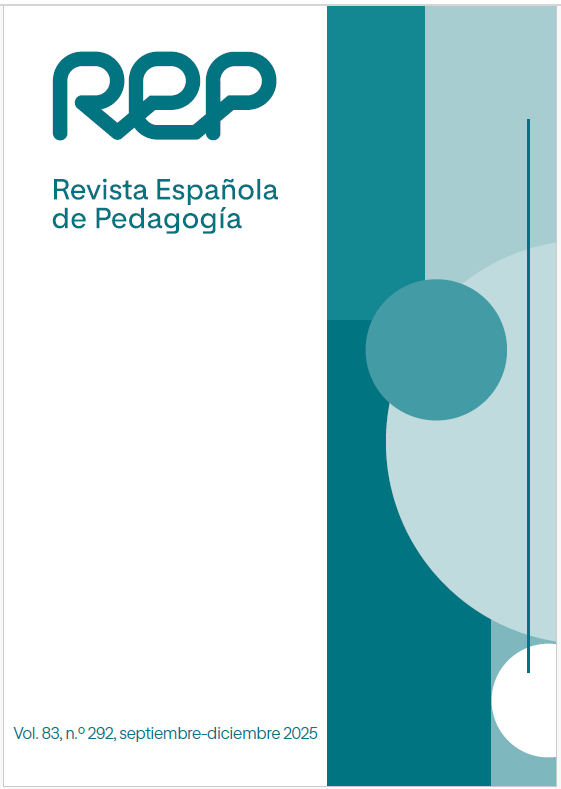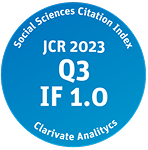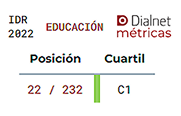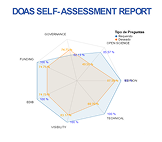A Systems Approach to Technology Integration
The SETI Framework
DOI:
https://doi.org/10.9781/rep.2025.412Keywords:
SETI, socio-ecological technology integration, socio-ecological, technology integration, education, frameworks, TPACK, SAMRAbstract
The Socio-Ecological Technology Integration (SETI) framework offers a systems-oriented perspective on effective technology integration in education. Unlike earlier models that primarily focus on teacher practice, such as TPACK and SAMR, the SETI framework situates the educator within a complex set of socio-ecological systems, including the microsystem of school environments, the exosystem of district-level support structures, and the macrosystem of national policies and cultural norms. This paper builds upon prior conceptualizations of SETI by unpacking it further in terms of how educators and educational leaders can utilize SETI, and also presents a set of newly developed practical resources that support its implementation. These resources include reflection tools, integration checklists, and strategic planning guides that help educators and educational leaders examine the multiple interdependent factors necessary for successful technology integration. The SETI framework offers a significant contribution to the educational technology literature by repositioning effective integration as a systemic responsibility rather than an individual task. In doing so, it enables educators and leaders to identify barriers, coordinate strategic responses, and promote sustainable, equitable technology use aligned with institutional and policy contexts.
Downloads
References
Bakir, N. (2016). Technology and teacher education: A brief glimpse of the research and practice that have shaped the field. TechTrends, 60(1), 21-29. https://doi.org/10.1007/s11528-015-0013-4
Bronfenbrenner, U. (1979). The Ecology of Human Development: Experiments by Nature and Design, Harvard University Press, Cambridge, MA.
Casany, M. J. et al. (2012). Moodbile: A framework to integrate m‑learning applications with the LMS. Journal of Research and Practice in Information Technology, 44(2), 129–149.
Chen, B., Gallagher-Mackay, K., y Kidder, A. (2014). Digital learning in Ontario schools: The “new normal”. People for Education. Retrieved from https://www.researchgate.net/publication/261537481_Digital_learning_in_Ontario_schools_The_'new_normal'
Crompton, H. (2017). Moving toward a mobile learning landscape: Presenting a mlearning integration framework. Interactive Technology and Smart Education, 18(2) 97-109. https://doi.org/10.1108/itse-02-2017-0018
Crompton, H., y Burke, D. (2024). The educational affordances and challenges of ChatGPT: State of the field. TechTrends 68, 380-392 https://doi.org/10.1007/s11528-024-00939-0
Crompton, H., Chigona, A., y Burke, D. (2023). Teacher resilience during COVID-19: Comparing teachers’ shift to online learning in South Africa and the United States. TechTrends https://doi.org/10.1007/s11528-022-00826-6
Dinçer, S. (2018). Are preservice teachers really literate enough to integrate technology in their classroom practice? Determining the technology literacy level of preservice teachers. Education and Information Technologies, 23(6), 2699–2718. https://doi.org/10.1007/s10639-018-9737-z
Gorlacheva, E., et al. (2019). Impact of Socio-Cultural Factors onto the National Technology Development. In: Alexandrov, D., Boukhanovsky, A., Chugunov, A., Kabanov, Y., Koltsova, O., Musabirov, I. (eds) Digital Transformation and Global Society. DTGS 2019. Communications in Computer and Information Science, vol 1038. Springer, Cham. https://doi.org/10.1007/978-3-030-37858-5_26
Ibáñez, M. B. et al. (2020). Impact of augmented reality technology on academic achievement and motivation of students from public and private Mexican schools. A case study in a middle-school geometry course. Computers & Education, 145, 103734. https://doi.org/10.1016/j.compedu.2019.103734
International Society for Technology in Education (ISTE). (2016). National Educational Technology Standards, International Society for Technology in Education, Eugene, OR.
Ivone, F., M., Jacobs, G. M., y Renandya, W. A. (2020). Far apart, yet close together: Cooperative learning in online education. Studies in English Language and Education 7(2), 271-289. http://dx.doi.org/10.24815/siele.v7i2.17285
Koole, M. L. (2009). A model for framing mobile learning. In M. Ally (Ed.), Mobile learning: Transforming the delivery of education and training, 25–50. AU Press.
Kurt, A., et al. (2013). FATİH projesinin pilot uygulama sürecinin değerlendirilmesi: Öğretmen görüşleri [Evaluation of the FATİH project pilot implementation process: Teacher views]. Journal of Instructional Technologies & Teacher Education, 2(1), 1-23.
Mishra, P. y Koehler, M.J. (2006). Technological Pedagogical Content Knowledge: A Framework for Teacher Knowledge, Teachers College Record, 108 (6), 1017-1054.
Park, Y. (2011). A pedagogical framework for mobile learning: Categorizing educational applications of mobile technologies into four types. International Review of Research in Open and Distributed Learning, 12(2), 78-102.
Puentedura, R. R. (2009). As we may teach: Educational technology, from theory into practice. Retrieved from http://www.hippasus.com/rrpweblog/archives/000025.html
Raymond, K. M., Ethridge, E. A., y Fields, K. (2024). What it Takes to Be an Advocate: Teachers’ Perceptions of Their Strengths and Challenges. Action in Teacher Education, 47(1), 46-62. https://doi.org/10.1080/01626620.2024.2383744
Saltan, F., y Arslan, Ö. E. (2016). The use of augmented reality in formal education: A scoping review. EURASIA Journal of Mathematics, Science and Technology Education, 13(2), 503–520. https://doi.org/10.12973/eurasia.2017.00628a
Shulman, L. S. (1986). Those who understand: Knowledge growth in teaching. Educational Researcher, 15(2), 4-14.
Tondeur, J., et al. (2012). Preparing preservice teachers to integrate technology in education: A synthesis of qualitative evidence. Computers & Education, 59(1), 134-144. https://doi.org/10.1016/j.compedu.2011.10.009
Uden, L. (2007). Activity theory for designing mobile learning. International Journal of Mobile Learning and Organization, 1(1), 81-102.
Xiao, J., Bozkurt. A., et al. (2025). Venturing into the unknown: Critical insights into grey areas and pioneering future directions in educational generative AI research. TechTrends 69(3), 582-597 (2025). https://doi.org/10.1007/s11528-025-01060-6
Yilmaz, M. R. (2018). Augmented reality trends in education between 2016 and 2017 years. In State of the art virtual reality and augmented reality know how. IntechOpen. https://doi.org/10.5772/intechopen.74943
Yu, A. (2009). Mobility at MIT. [Unpublished report]. Retrieved from file:///C:/Users/hcrompto/Downloads/Mobility-at-MIT2009-11.pdf
Zurita, G., y Nussbaum, M. (2007). A conceptual framework based on activity theory for mobile CSCL. British Journal of Educational Technology, 38(2), 211-235. https://doi.org/10.1111/j.1467-8535.2006.00607.x
Downloads
Published
-
Abstract906
-
PDF306
-
PDF (Español)260
How to Cite
Issue
Section
License
Copyright (c) 2025 Helen Crompton

This work is licensed under a Creative Commons Attribution-NonCommercial 4.0 International License.

